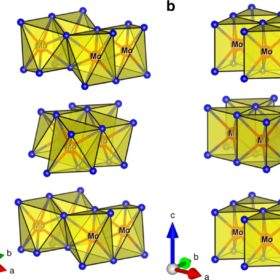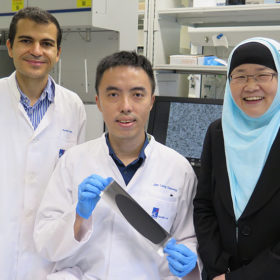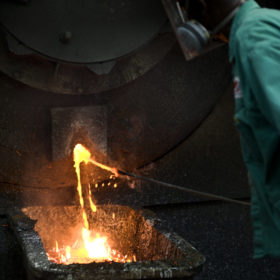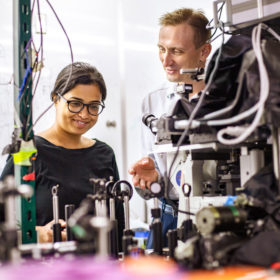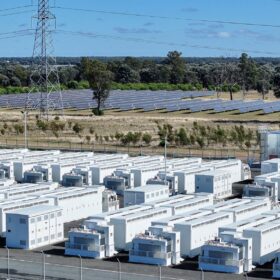U.S. researchers put slimmer silicon back on the table
With solar grade polysilicon prices having plummeted in recent years, cutting down on consumption of the material has not been a priority. But strategies exist and significant savings can be made through deploying thinner wafers that use less silicon, insists a new paper published by MIT and NREL. And as manufacturers are increasingly hitting dead ends on other routes to cost reduction, this option could be back on the table for many.
Orderly disorder: Cambridge scientists make surprising perovskite discovery
Researchers have made a finding they say could vastly simplify and reduce the production cost of perovskite solar cells. Working with mixed halide perovskites, the group found a disordered chemical composition can improve device efficiency.
Saving water with solar and wind
Scientists at Princeton have found solar and wind energy offer the added environmental benefit of reducing water usage, by comparison with hydroelectric dams. Their findings, say the researchers, could have a positive impact on groundwater sustainability in drought-prone regions such as California, where they conducted a case study.
Scientists double down on hydrogen production
A team of scientists led by the University of Glasgow has discovered a more efficient method of splitting water into hydrogen and oxygen using electricity which it says could almost double the amount of hydrogen produced per millivolt.
Carbon nanotubes provide a boost to perovskite solar
Scientists at the Tokyo Institute of Technology have developed a carbon nanotube which forms a strong junction with a lead-halide perovskite, improving performance and stability.
US scientists create first rechargeable lithium-carbon dioxide battery
Researchers in Chicago have developed a world first fully rechargeable lithium-carbon dioxide battery, an achievement they claim could pave the way for the use of the greenhouse gas in advanced energy storage systems.
A carbon scaffold to boost lithium-sulfur performance
Scientists at Singapore’s Agency for Science, Technology and Research have developed a new method to produce lithium-sulfur based cathodes which exhibit stable performance and high storage capacity over 200 cycles. According to the agency, this represents “a promising step towards the commercialization of lithium-sulfur batteries.”
Do lead batteries have a role in the clean energy transition?
The Consortium for Battery Innovation has outlined research goals for advanced lead-based battery concepts, claiming the potential of the technology is “nowhere near fully exploited”. The group, comprised of lead-battery industry stakeholders, says such devices can play an important role alongside lithium-ion and other storage technologies in electric vehicles, renewable energy storage and other applications.
Questioning the quantum behavior of perovskites
Scientists at the University of Texas have made a discovery they say has “altered the understanding of the fundamental properties of perovskite crystals”. Their findings could improve understanding of defect formation in perovskites, leading to devices with enhanced performance and stability.
Danish researchers bring some color to rooftop PV
Scientists led by the Technical University of Denmark have begun a project to design solar cells that can be produced in different colors with minimal effect on performance, making them suitable for building-integrated and other applications with aesthetic considerations.




